Pakistan's stable instability: Is it the calm before the storm?
Pakistan’s economy is not collapsing but not growing in a way that improves households finances
Uzair Younus
Guest Contributor
Uzair Younus is principal at The Asia Group.
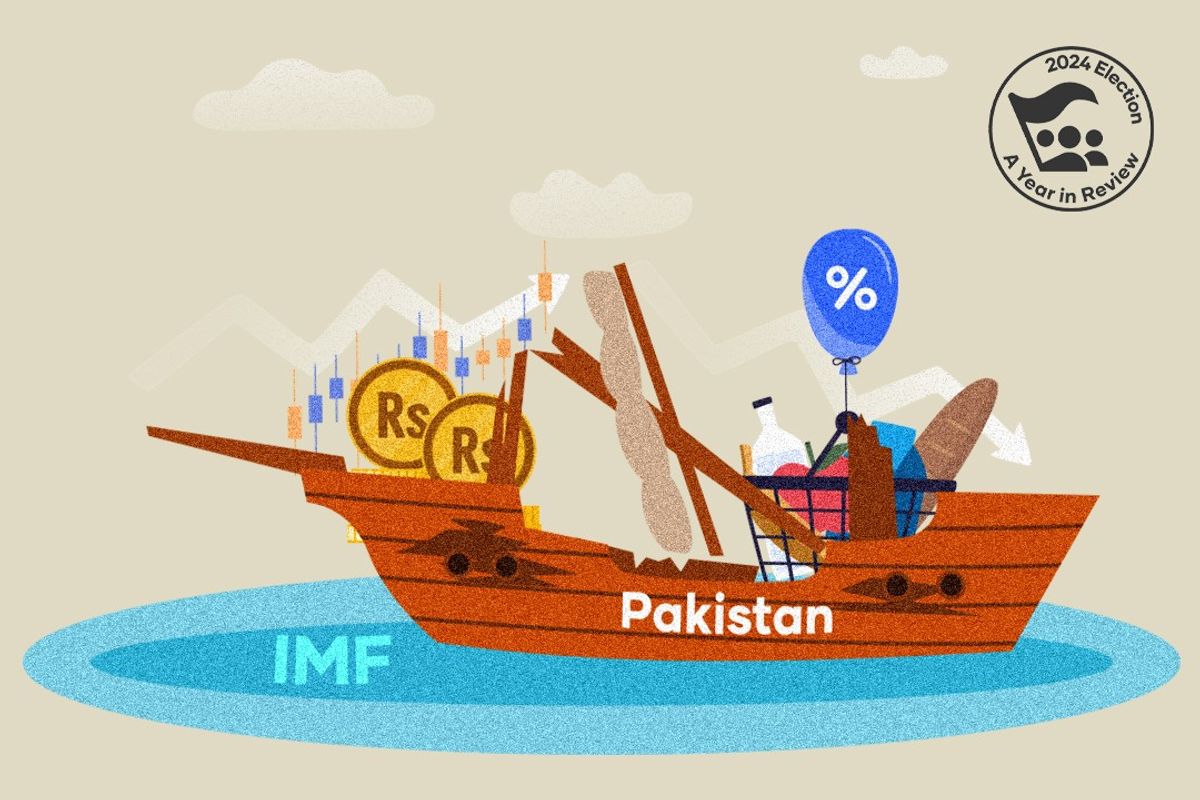
It was not too long ago that the conversation among economic analysts was focused on the real and present danger of Pakistan defaulting on its external debt. In addition, inflation was tearing through household budgets, the rupee was struggling to find a floor, and public equity markets were severely undervalued. Fast forward to today, and the flames have been doused—but the economy remains on life support.
The crisis experienced by the economy over the last few years was so severe that extreme measures were the only way out. The State Bank went full throttle on interest rate hikes, killing demand to tame inflation.
The government, desperate for International Monetary Fund (IMF) cash, slashed spending and squeezed imports to keep the rupee from collapsing.
As a result, inflation, which had peaked above 38%, has now fallen dramatically. The rupee, after months of chaos, is no longer in freefall.
The current account deficit—Pakistan’s Achilles’ heel—is under control, because of which reserves have improved as well.
Recognizing these measures, multilateral and bilateral partners have provided additional financing to the country as well, with the most recent $1.2 deferred oil payment facility provided by Saudi Arabia a case in point.
But this “success” came at a steep cost, because the only way to do so was to impose IMF-mandated austerity on the economy.
Pakistan has been in this situation many times before, and we all have seen previous such periods deliver a decline in inflation, increase in reserves, and a rebound in investor sentiment as reflected by the stock market, which is an imperfect measure of economic progress and stability.
But has the mission accomplished? Not really.
Not collapsing, not growing
Pakistan’s economy is now in a state of stable instability—not collapsing but not growing in a way that improves households finances either.
This is because growth has been sacrificed at the altar of stability, with the pain being born by both individuals and businesses across the country.
The question now is: what comes next? Because if the government tries to ramp up growth, the same old issues are likely to resurface.
This is because the core issues that make Pakistan a crisis-prone economy remain untouched. This includes a dysfunctional taxation system, where the state refuses to tax untouchable segments of the economy, while continuously squeezing salaried workers and the formal sector.
It also includes the power sector, where despite some positive signals by Energy Minister Awais Leghari, a lot of the meaningful work that needs to be done remains pending. As a result, efficiencies in the energy system remain a pipedream, due to which the scarcity of energy that has plagued Pakistan continues to get worse, while prices paid by compliant individuals and businesses continue to soar.
Then there is the issue of privatization, where lots of pronouncements have been made in the last year. However, the commitment to following through with action can be judged by the way in which the process to privatize the Pakistan International Airlines was followed.
This, paired with the way in which investors have been coerced to renegotiate sovereign agreements in the power sector shows that the regime is not serious about doing things in a way that attracts investments into loss-making state-owned entities.
Tax the untaxed
But here’s the hard truth: even if the government wanted to push through these reforms, it does not have the legitimacy to pull things off. This is because structural reform requires coalition-building and public trust, something that cannot occur in the existing political environment.
As a result, any serious attempt to tax the untaxed, reform the power sector, or restructure the economy will trigger resistance—from businesses, bureaucrats, and political actors who are beneficiaries of the status quo.
And so, the focus remains on short-term survival—scraping together just enough foreign aid and IMF dollars to keep things from falling apart.
It is for this reason why the upcoming budget cycle will be so tricky. On the one hand, the Sharif government and its backers will have to put forward proposals that reinforce confidence among donors, creditors, and strategic allies. On the other hand, groups that have backed the regime expect patronage to flow once more; the most recent exhibit of this expectation is emerging from the real estate lobby.
If the government decides to ramp up growth, the crisis is likely to return soon, given the fact that the structural drivers of growth are the same that birthed the last crisis, and the ones before that.
On the flip side, if they try to break from the past and try to do things that are necessary, they may find pushback from groups that could take advantage of the government’s weaknesses and its lack of legitimacy. More authoritarianism is also unlikely to work in this case, as evidenced by General Musharraf’s failure to tax retailers at the peak of his dictatorship.
For the time being, the era of stable instability is likely to continue. But this continuity itself is likely to sow the seeds for the next disaster.
Unless things change at a radical level, we are likely to be talking about how another spurt of growth caused yet another crisis, except the next time around Pakistan may not even get the last-minute bailout that it received a few months ago.
In the meantime, the “Form-47” government remains incapable of delivering outcomes that meet the aspirations and ambitions of Pakistan’s 250 million citizens.
* Uzair Younus is principal at The Asia Group.
* The opinions expressed in this piece are those of the writer and do not necessarily reflect the views of Nukta.


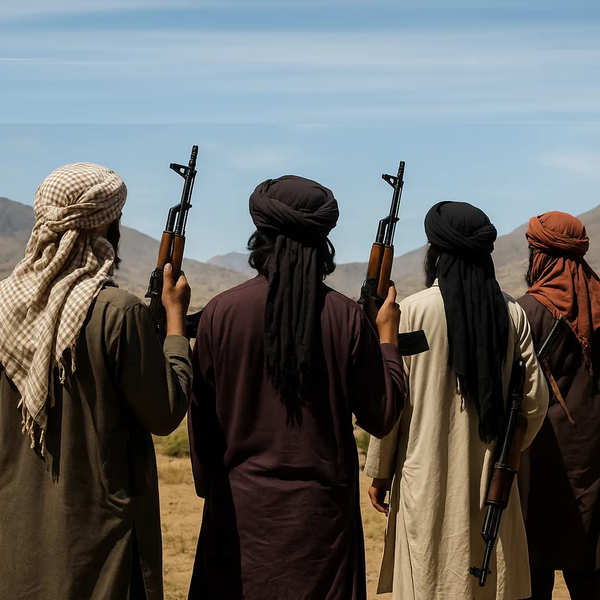
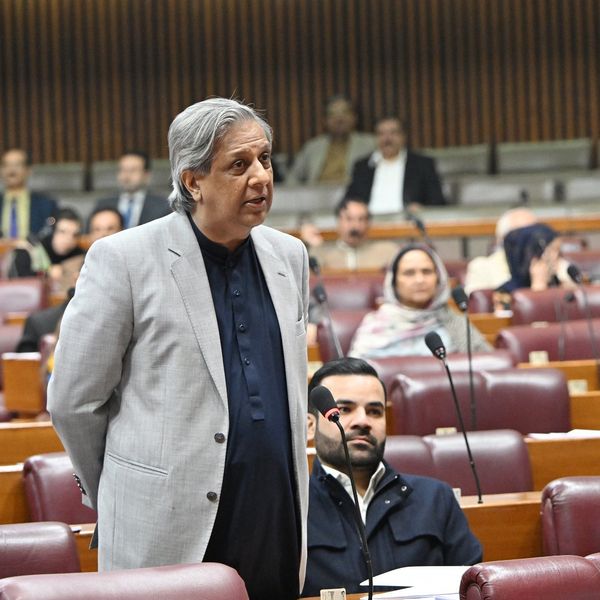

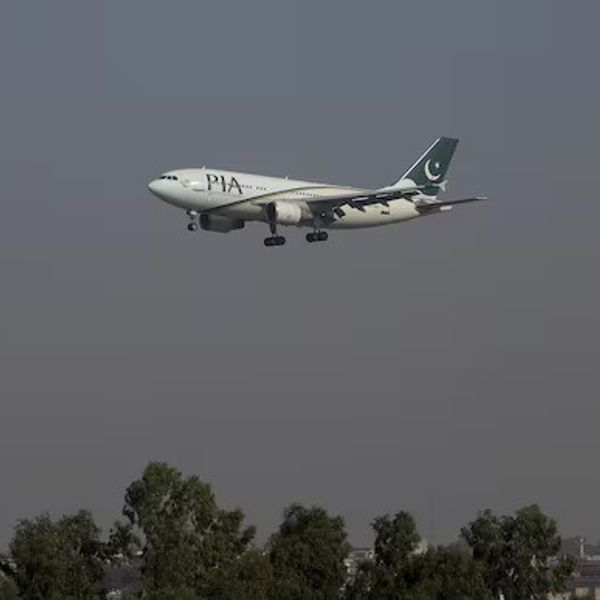

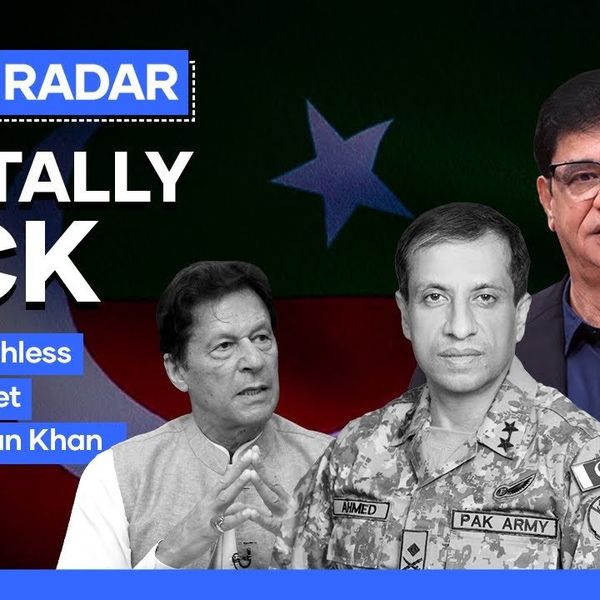


Comments
See what people are discussing